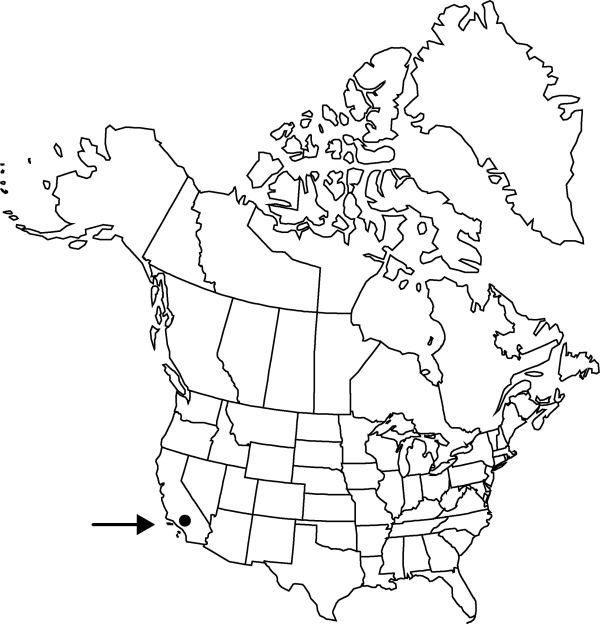Difference between revisions of "Atriplex tularensis"
Contr. U.S. Natl. Herb. 4: 182, plate 19. 1893.
FNA>Volume Importer |
imported>Volume Importer |
||
| (2 intermediate revisions by 2 users not shown) | |||
| Line 8: | Line 8: | ||
}} | }} | ||
|common_names=Tulare orach | |common_names=Tulare orach | ||
| + | |special_status={{Treatment/ID/Special_status | ||
| + | |code=E | ||
| + | |label=Endemic | ||
| + | }}{{Treatment/ID/Special_status | ||
| + | |code=C | ||
| + | |label=Conservation concern | ||
| + | }} | ||
|basionyms= | |basionyms= | ||
|synonyms={{Treatment/ID/Synonym | |synonyms={{Treatment/ID/Synonym | ||
| Line 55: | Line 62: | ||
|publication title=Contr. U.S. Natl. Herb. | |publication title=Contr. U.S. Natl. Herb. | ||
|publication year=1893 | |publication year=1893 | ||
| − | |special status= | + | |special status=Endemic;Conservation concern |
| − | |source xml=https:// | + | |source xml=https://bitbucket.org/aafc-mbb/fna-data-curation/src/2e0870ddd59836b60bcf96646a41e87ea5a5943a/coarse_grained_fna_xml/V4/V4_698.xml |
|genus=Atriplex | |genus=Atriplex | ||
|subgenus=Atriplex subg. Obione | |subgenus=Atriplex subg. Obione | ||
Latest revision as of 22:00, 5 November 2020
Herbs, erect, simple or sparingly branched, 1.5–4(–10) dm, white scurfy. Stems aging red, terete or obscurely angled, brittle. Leaves alternate or proximalmost opposite; blade lanceolate to ovate, 6–20 × 4–8 mm, base rounded, margin entire, apex acute to acuminate, gray scurfy. Staminate flowers in small axillary dense glomerules, 4-merous. Pistillate flowers solitary or in small axillary clusters, below or mixed with staminate. Fruiting bracteoles sessile, rhombic-ovate, acute or acuminate, 2.5–3.5 × 2.2–3 mm, united to middle, thin margin toothed, faces plane, scurfy. Seeds dark brown, 1–1.2 mm.
Phenology: Flowering summer–fall.
Habitat: Alkaline plains, edges of alkali sink
Elevation: 90-200 m
Discussion
Of conservation concern.
H. M. Hall and F. E. Clements (1923) discussed the relationship of this plant to Atriplex cordulata, noting that, “A. tularensis is a much more slender plant, the leaves are narrower in proportion to their length,” and tapering to the base, never at all cordate. They noted further, that “The fruiting bracts are sometimes very similar in shape, but those of tularensis typically end in an abrupt acute tooth not present in cordulata and both bract and seed are always smaller.” Because of its small fruiting bracteoles it was placed within the Pusillae by P. C. Standley (1916). The erect stature, coupled with distinctive spreading-ascending and stiff (at least in dried material) leaves, and foliose bracts apparently distinguish A. tularensis from A. coronata.
Selected References
None.
